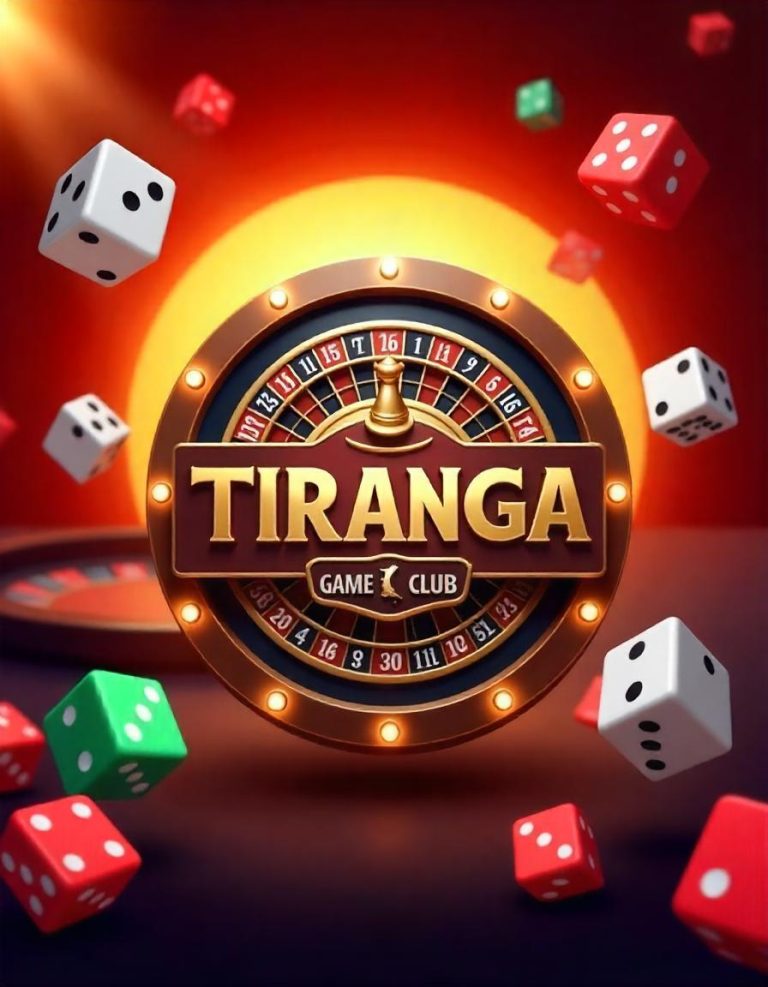Introduction
The Tiranga Game is a vibrant and engaging activity designed to celebrate India’s national flag and its rich history. The national flag, known as the "Tiranga" in Hindi, symbolizes India’s struggle for independence and Tiranga the ideals of unity, peace, and progress. The game provides an interactive and educational way for participants to learn about the flag’s significance while enjoying a fun and competitive experience. It is especially popular during national celebrations such as Independence Day and Republic Day..

The Concept Behind the Tiranga Game
The Tiranga Game revolves around the core elements of India’s flag, which consists of three distinct colors: saffron, white, and green, along with the Ashoka Chakra in the center. Each color holds a special meaning:
Saffron represents courage and sacrifice.
White symbolizes truth, peace, and unity.
Green signifies faith, fertility, and the land's prosperity.
The Ashoka Chakra, a 24-spoke wheel, stands for the constant motion of life and the law of dharma (righteousness).
The game aims to help players understand these concepts through interactive challenges and fun activities. It is perfect for groups, schools, or community events where players work together to learn about the flag’s history while participating in competitive challenges.
Gameplay Overview
The Tiranga Game is designed to be flexible and can be played by people of all ages. It can be played indoors or outdoors, depending on the space and the number of participants. Here’s how the game typically works:
Team Formation: Players are divided into teams. The number of teams can vary based on the total number of participants, but usually, 3-5 teams are ideal for a balanced game.
Objective: The main objective of the game is to complete various tasks and challenges related to the national flag, such as identifying colors, answering trivia questions, or building replicas of the Tiranga.
Color-Based Challenges: Players will participate in challenges that focus on the colors of the flag. For example, teams may be asked to find objects that represent saffron, white, or green, or they could be tasked with assembling a flag using colored materials under a time limit.
History and Trivia Round: Another round may focus on answering Tiranga. questions about India’s independence movement, freedom fighters, and the significance of the flag. This trivia round encourages players to dig deeper into India’s history and understand the flag's meaning.
Creative Tasks: Teams could also participate in creative tasks like drawing or designing a large replica of the Tiranga or solving puzzles related to the Ashoka Chakra’s 24 spokes. This promotes teamwork and knowledge about the flag’s design.
Victory Conditions: The team that completes all the tasks first or earns the highest number of points based on correct answers and speed wins the game. The focus is not only on competition but also on learning and appreciating the values represented by the Tiranga.
Benefits of the Tiranga Game
Educational: It’s an effective way to teach players about India’s national flag and the historical context behind its colors and symbols. The game turns learning into an enjoyable experience.
Promotes Patriotism: Playing the Game instills a sense of pride and respect for the country’s history, values, and heritage. It helps participants appreciate the sacrifices made during the independence struggle.
Encourages Teamwork: The game fosters cooperation among players. It requires effective communication, problem-solving, and teamwork, which are valuable skills in any group activity.
Inclusive: The Tiranga Game can be played by people of different ages, making it a great activity for family gatherings, school events, or community celebrations. It’s adaptable to suit a range of group sizes and skill levels.
Conclusion
The Tiranga Game is not just about winning but also about gaining a deeper understanding of India’s heritage and the values that the national flag represents. It brings people together, encouraging teamwork and learning through a fun and interactive experience. Whether played in schools, communities, or at home during national festivals, this game serves as a wonderful reminder of the unity, diversity, and pride that the Indian flag embodies.